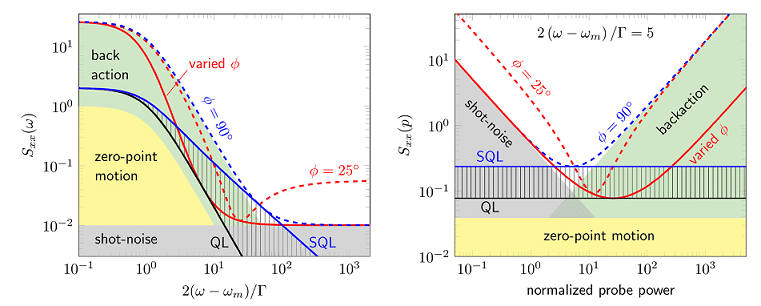
Tutorial
Using Ponderomotive Squeezing to Improve Displacement Detection
I will discuss ideas and recent measurements that use quantum correlations to improve broadband displacement detection. The subject is part of the broader topic of observing and surpassing quantum limits to continuous displacement detection.
Interferometers enable ultrasensitive measurement in a wide array of applications from gravitational wave searches to force microscopes. The role of quantum mechanics in the metrological limits of interferometers has a rich history, and a large number of techniques to surpass conventional limits have been proposed. In a typical measurement configuration, the trade-off between the probe’s shot noise (imprecision) and its quantum backaction results in what is known as the standard quantum limit (SQL). I will present work in which use the correlations behind ponderomotive squeezing to access physics beyond the SQL and improve displacement sensitivity. Specifically, we use an optical cavity to probe the motion of a silicon nitride membrane off mechanical resonance, as one would do in a broadband displacement or force measurement, and observe sensitivity better than the SQL dictates for our quantum efficiency. Our measurement illustrates the core idea behind a technique known as variational readout, in which the optical readout quadrature is changed as a function of frequency to improve broadband displacement detection. And, more generally, our result is a salient example of how correlations behind squeezing can aid sensing in the presence of backaction. I will present our work in the context of an ‘illustrated guide’ to broadband displacement detection (see figure).

[1] Improving Broadband Displacement Detection with Quantum Correlations, N.S. Kampel, R.W. Peterson, R. Fischer, P.L. Yu, K. Cicak, W. Simmonds, K.W. Lehnert, C.A. Regal, Physical Review X 7, 021008 (2017).

Powered by Eventact EMS